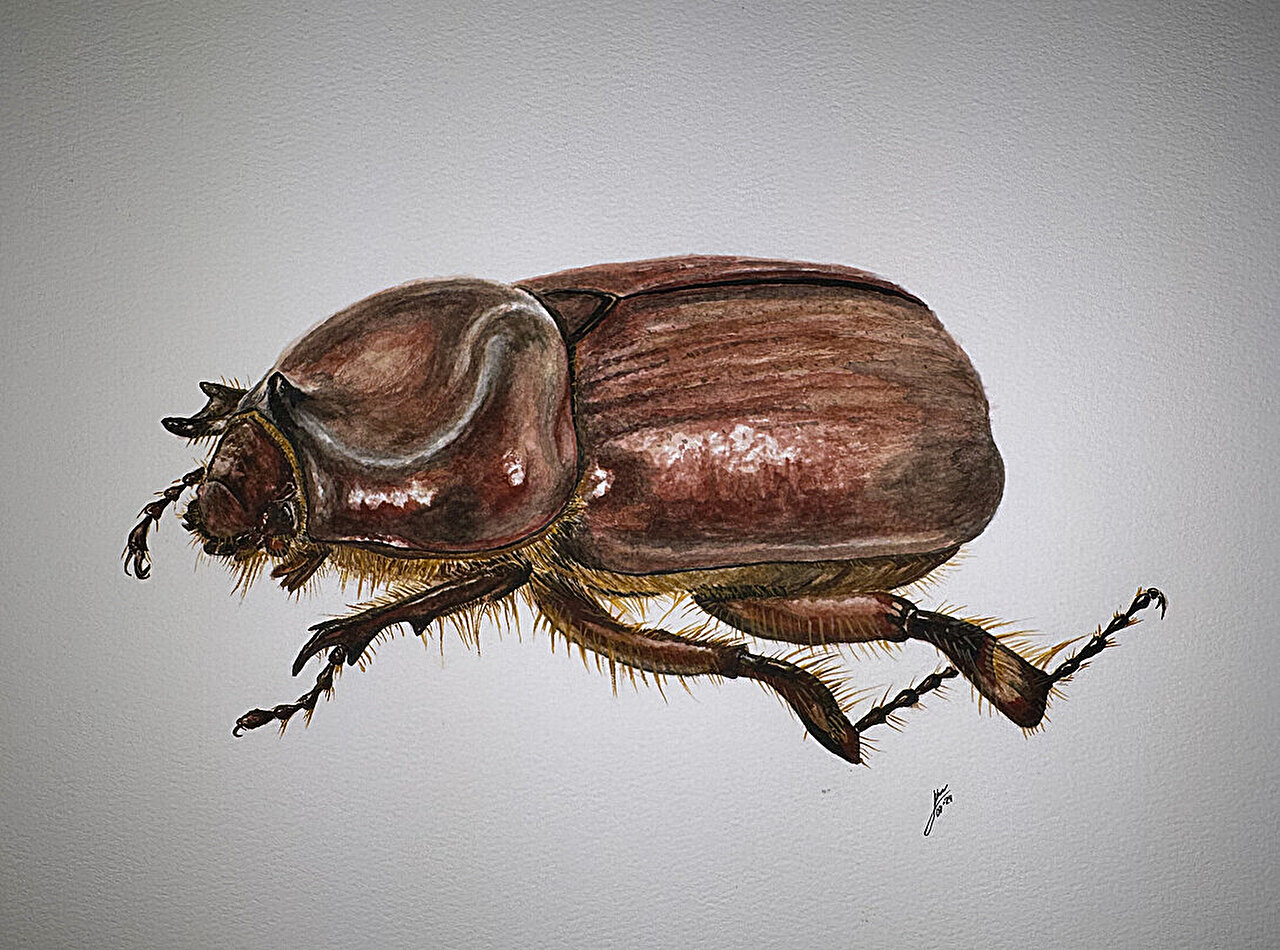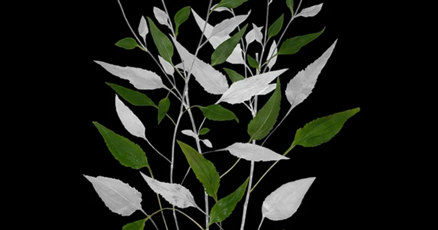Muskogee Oklahoma Native American Association will celebrate and share Native culture during Indigenous Peoples Day observances Sunday and Monday
“Our mission is to preserve the language, culture, traditions, and to keep that alive in the community, while supporting each other,” said MONAA President Madison Shoemaker.
Sunday will be devoted to gospel singing and worship at the Muscogee Indian Community Center.
Norman Daniel, a member of the Muscogee (Creek) Nation, will lead worship at 11 a.m.
A free lunch will be served at noon, followed by gospel singing led by Muscogee (Creek) James McHenry, 1 to 5 p.m. Osage member Larry Robinson will lead worship at 5 p.m. and Harry Birdtail, Cherokee, will lead worship at 6 p.m.
Monday festivities begin at 9:45 a.m. with a march around Dr. Martin Luther King Jr. Community Center. Shoemaker said the march is meant “to honor our ancestors.”
Duan Morris, owner of Morris Moving and a Muscogee (Creek), will give the keynote speech at 10 a.m.
“We really wanted a keynote speaker who could come and inspire the youth and our children, and show them you can be successful and Indigenous, give back to your community and be an active part of your tribe,” Shoemaker said.
Indian taco meals will be sold at $10 each from 11 a.m. to 1 p.m. The price includes a beverage. There will be reserved spots for carry-out.
In the Kids’ Zone, Lynzi Smith, Jerilyn Willie and Alice Sue Jumper-Wilder will teach youngsters how to weave baskets and make medallions and clay pottery.
“Whatever the kids make, they can take it home with them,” Shoemaker said.
More than 15 Native artists will show and sell their art from 1 to 3 p.m.
“We have everything from jewelry to paintings to baskets, pottery, all kinds of different things,” Shoemaker said. “Everybody will find something for themselves at the artist exposition.”






























